On this World Organ Donation Day, as we celebrate the gift of life, it's crucial to acknowledge a pressing issue that clouds India's healthcare achievements: a severe organ donation crisis. Despite recent strides in medical advancements, the stark gap between the demand for transplants and the availability of organs leaves countless patients in a painful limbo, with far too many lives lost due to this tragic shortfall.
 Rajesh Mittal, Country Coordinator for Rotary Action Group on Blood, Tissue, and Organ Donation, RID 3011 Chair for Organ Donation, and Charter President of RC Delhi Manthan, delves into the heart of this issue. He explores the underlying causes, the devastating impact on patients, and proposes actionable strategies to close the donation gap and enhance patient survival rates.
Rajesh Mittal, Country Coordinator for Rotary Action Group on Blood, Tissue, and Organ Donation, RID 3011 Chair for Organ Donation, and Charter President of RC Delhi Manthan, delves into the heart of this issue. He explores the underlying causes, the devastating impact on patients, and proposes actionable strategies to close the donation gap and enhance patient survival rates.
On this significant day, the article stands as a clarion call for collective action, urging us all to work towards a future where every patient awaiting an organ transplant has a chance at life.
Scroll down for further insights.
India's Organ Donation Crisis: A Call to Action
India has made remarkable strides in healthcare in the last few yearswith life-saving technologies now accessible to more people than ever, however a looming organ donation crisis threatens to overshadow this progress. The demand for organ transplants far outstrips access, leaving countless patients waiting in agony and facing preventable deaths.
The crisis is driven by deep-rooted religious and socio-cultural beliefs, lack of awareness, and infrastructural challenges, all contributing to a widening gap between those in need of transplants and the organs available to save them.
The paradox is that while India accounts for the highest number of road accident deaths in the world, it also remains a country with one of the lowest organ donation rates with less than one per million population.That's staggeringly low — especially when compared with countries like the United States and Spain whose rates of deceased organ donors are among the highest in the world at over 40 donors per million people.
Organ Donation Landscape in India
An estimated around 1.8 lakh persons suffer from renal failure every year, however the number of renal transplants done is around 6000 only. An estimated 2 lakh patients die of liver failure or liver cancer annually in India, about 10-15% of which can be saved with a timely liver transplant. Hence about 25-30 thousand liver transplants are needed annually in India but only about 1500 are being performed. Similarly, about 50000 persons suffer from heart failures annually but only about 10 to 15 heart transplants are performed every year in India. In case of cornea, about 25000 transplants are done every year against a requirement of 1 lakh.
In the realm of living organ donations, a noticeable gender disparity exists. Men are often the recipients, with women, typically family members, stepping forward as donors. Unfortunately, female recipients receive limited attention, a gap that underscores the broader inequities in healthcare access and support. The root cause of this gender disparity lies in social norms,compelling women to assume caregiving roles within the family.
To address this issue, Rotary has launched initiatives like LIFT UP with an aim to support underprivileged women in need of kidney transplants, ensuring they have access to life-saving treatments.
Factors Contributing to the Crisis
Several factors contribute to the organ donation crisis in India. Cultural beliefs and myths around organ donation often act as significant barriers. Many people hold the misconception that organ donation is against religious practices, or they fear that their bodies will be mutilated after death. These myths, coupled with a general lack of awareness, prevent many potential donors from registering.
In response to this crisis, Rotary Districts, Clubs, and the Rotary Action Group on Blood, Tissue, and Organ Donation (RAG BOD) are collaborating on various initiatives aimed at educating the public and busting common myths surrounding organ donation. RAG BOD serves as a knowledge partner, supporting clubs and districts in organizing awareness campaigns, rallies, marathons, and other events.
For instance,the Rotary Club of Delhi Manthan has spearheaded significant awareness campaigns across North India. The campaign brought together 100 Clubs across 20 cities reaching out to more than 10,000 people, making a substantial impact on public awareness. Additionally, the Club alsosupported a marathoner who ran from Delhi to Mumbai, covering 1,500 kilometres and connecting with another 10,000 individuals.
To address the organ donation crisis, several key actions are necessary:
1. Enhancing Public Awareness: Education and awareness campaigns are important as these campaigns should focus on dispelling myths, providing accurate information, and encouraging people to register as organ donors. RAG BOD's "Train the Trainer" program is an excellent example, as it equips Rotarians with the knowledge and tools needed to conduct their own awareness initiatives.
2. Improving Infrastructure: The government and private healthcare providers must invest in improving the infrastructure necessary for organ donation and transplantation. This includes better facilities, more trained personnel, and streamlined logistics to ensure that organs can be efficiently harvested, transported, and transplanted.
3. Creating a Robust Legal Framework: Strengthening the legal framework around organ donation and transplantation can help address issues such as illegal organ trade and ensure that the process is transparent and ethical.
4. Fostering Government and Private Sector Partnerships: Collaboration between the government, private sector, and non-profits can amplify efforts to promote organ donation and create a more supportive environment for donors and recipients.
5. Engaging Influential Voices: Involving celebrities, influencers, and respected community leaders to advocate for organ donation can significantly increase public engagement and participation.
India's organ donation crisis is a challenge that requires collective action. By raising awareness, we can make a significant difference in the lives of those waiting for a second chance. Now, more than ever, it is time to take action and ensure that every patient in need of an organ transplant has the opportunity to live a healthy, fulfilling life.



 Rajesh Mittal, Country Coordinator for Rotary Action Group on Blood, Tissue, and Organ Donation, RID 3011 Chair for Organ Donation, and Charter President of RC Delhi Manthan, delves into the heart of this issue. He explores the underlying causes, the devastating impact on patients, and proposes actionable strategies to close the donation gap and enhance patient survival rates.
Rajesh Mittal, Country Coordinator for Rotary Action Group on Blood, Tissue, and Organ Donation, RID 3011 Chair for Organ Donation, and Charter President of RC Delhi Manthan, delves into the heart of this issue. He explores the underlying causes, the devastating impact on patients, and proposes actionable strategies to close the donation gap and enhance patient survival rates.
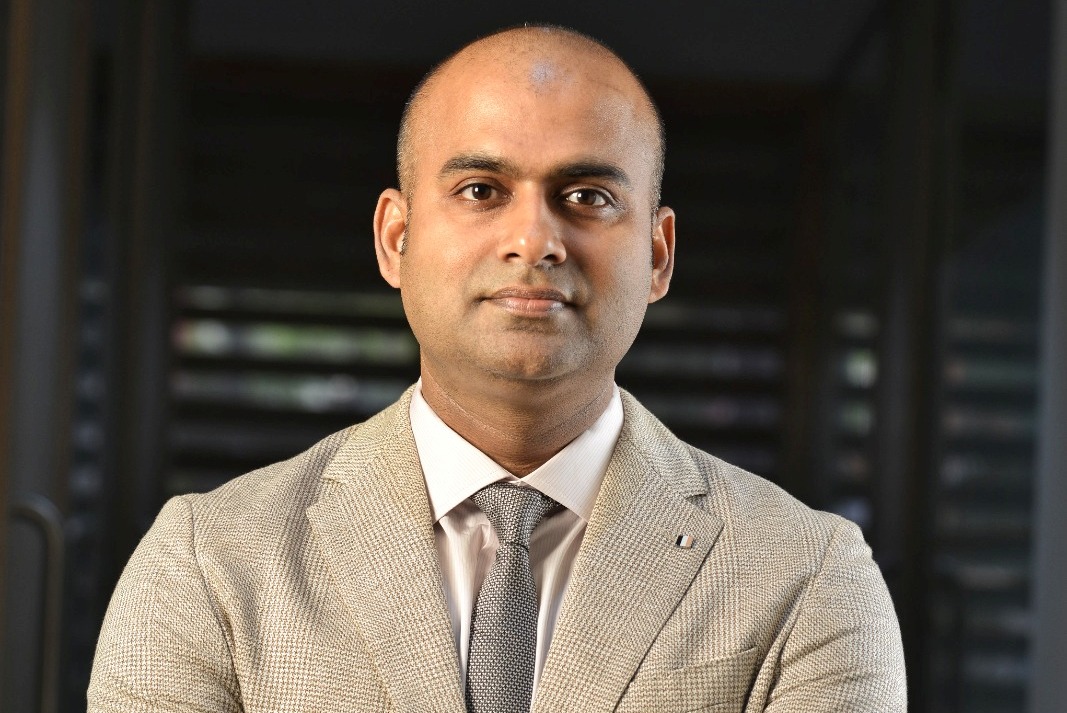
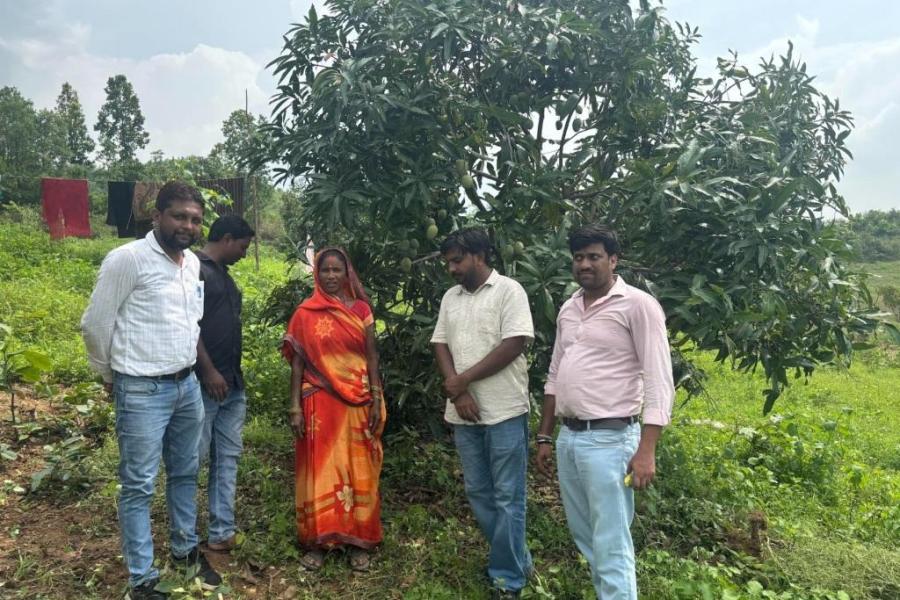

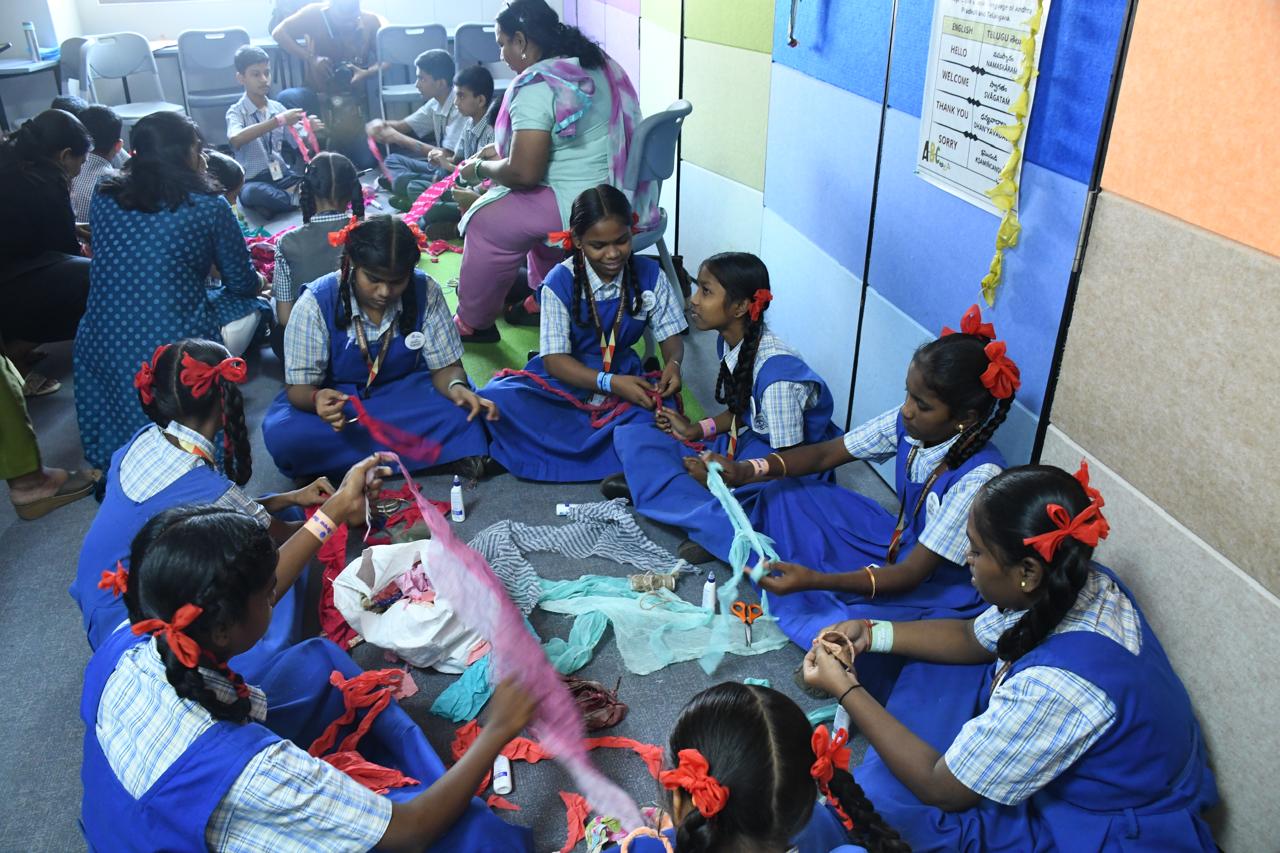

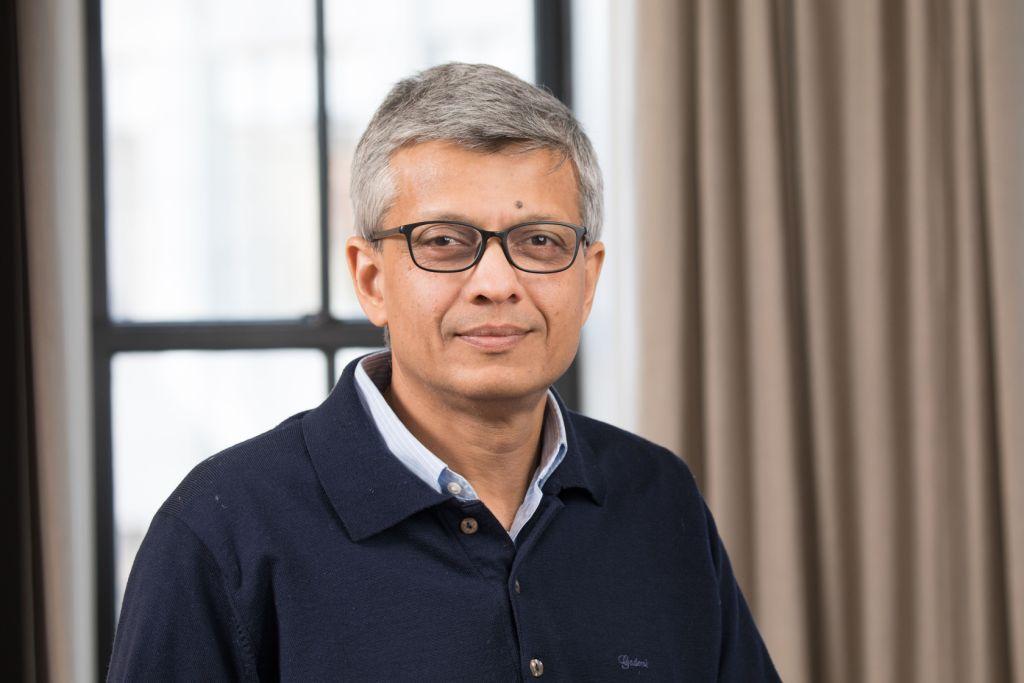
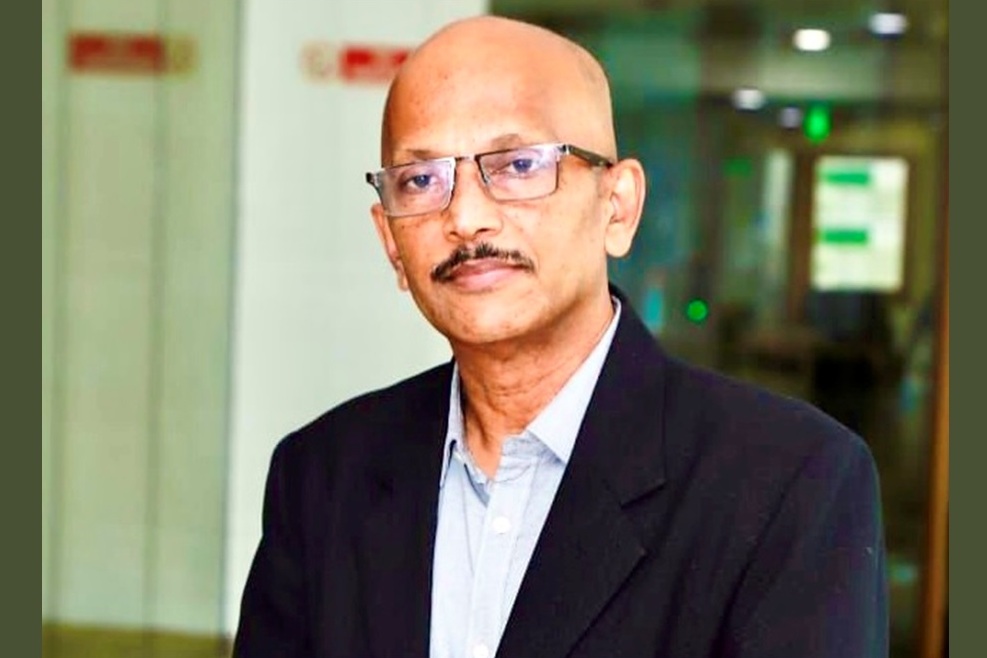





.jpg)




